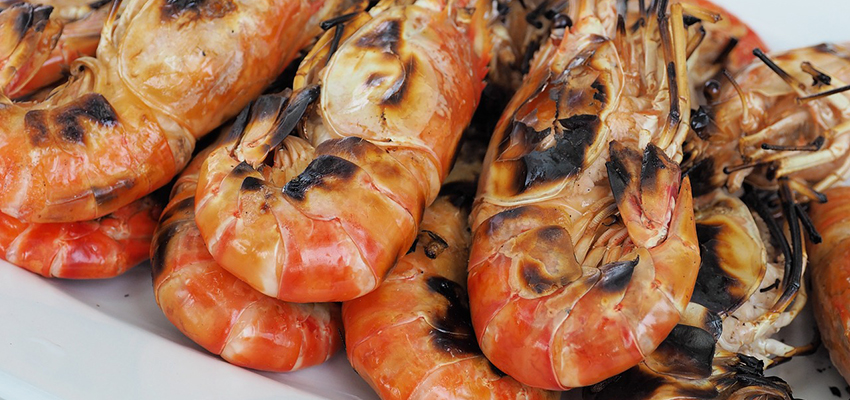Our molecular biology department at AGROLAB LUFA in Kiel has successfully expanded its range of identification methods. With the help of the new DNA sequencing procedure, crustaceans (Crustaceae) can now also be identified clearly and quickly. The accredited procedure helps to reliably identify possible false declarations as such.
The crustaceans (Crustaceae), colloquially also called "crabs", represent an ecologically and economically very important group with over 50,000 known species. Many species are of great commercial importance in fisheries or are intensively farmed in aquacultures.
Despite the high proportion of aquaculture, fishing pressure on wild crustaceans remains high. The most species-rich group of crustaceans is the decapods (Decapoda). It includes commercially relevant species and species groups such as crayfish, lobsters, crabs, lobsters and shrimps.
Linguistically, however, there is a great deal of confusion here. For example, the delicacy colloquially known as "crab" is not a crab at all from a zoological point of view. The correct name for the animal known as a "crab" is North Sea shrimp (Crangon crangon). However, the term "shrimp" is not a zoologically defined term either, but merely groups together different species according to external characteristics. Shrimps, such as the North Sea shrimp, are often sold peeled and, unlike the true crabs, have no claws. Depending on the country of origin, the small pink shrimps are also called shrimps, prawns, camerons (Spanish) or crevettes (French). The other crustaceans commercially available, such as gambas, king prawns, tiger prawns, ice sea shrimps, are also counted as shrimps. The edible crab, on the other hand, from which the frequently offered claws come, is a real crab. And lobster-like marine animals with claws such as scampi (Norway lobster, also called Norway lobster or langoustine), lobsters and spiny lobsters do not belong to shrimp, but to other crustacean genera.
In 2015, NDR (North German Broadcasting) uncovered several cases of fraud in restaurants that advertised scampi (Norway lobster) on the menu. Three cases involved representatives of the species Penaeus monodon, also called giant prawn. Twice it was the species Litopenaeus vannamei, which is offered as "white shrimp" among other things. Since scampi have a much higher price, the suspicion was obvious that this was not just a case of linguistic confusion.
Reliable species identification methods are therefore indispensable to detect possible false declarations due to unknowing misnomers or even deliberate deception with crustaceans.
The method of choice here is DNA sequencing. In DNA sequencing, a specific DNA section of a gene is amplified to determine the sequence of DNA bases within a sequencing reaction. The determined base sequence is entered into a public sequence database on the internet and compared with a large number of sequences of known species. The species that shows clear sequence homology with the sequence used and differs significantly from the other species then corresponds to the species sought.
The official control method in the Official Collection of Test Methods for the Identification of Crustacean Species is based on the sequencing of a fragment of 16S ribosomal DNA (16S rDNA).
However, this official testing method has some shortcomings, e.g. some species cannot be identified with this system. In addition, the fragment is relatively short with 312 base pairs, which makes the reliability of identification lower than with longer fragments. Therefore, other sequencing systems were tested at the Max Rubner Institute (MRI) as part of the EU project .
One of these sequencing systems is based on the cox1 gene and amplifies a DNA segment of approx. 660 base pairs. This system proved to be more suitable in the validation and was therefore submitted by MRI as a NWIP (New Work Item Proposal) as a proposal for a new standardisation project for processing by a standardisation committee and for standardisation at CEN level.
YOUR PLUS: This system has also been internally validated by AGROLAB LUFA and found to be suitable for the reliable determination of crustaceans in raw materials and raw products. By combining it with an instrument system for capillary-based, rapid DNA sequencing that has been established since last year, AGROLAB LUFA is now expanding its portfolio to include crustacean species identification in addition to fish and tuna species identification. The turn-around-time after sample reception is only 72 hours!
Authors: Anja Palisch & Dr. Anika Bruhs (AGROLAB LUFA)

 Contact
Contact

 Contact
Contact Career
Career